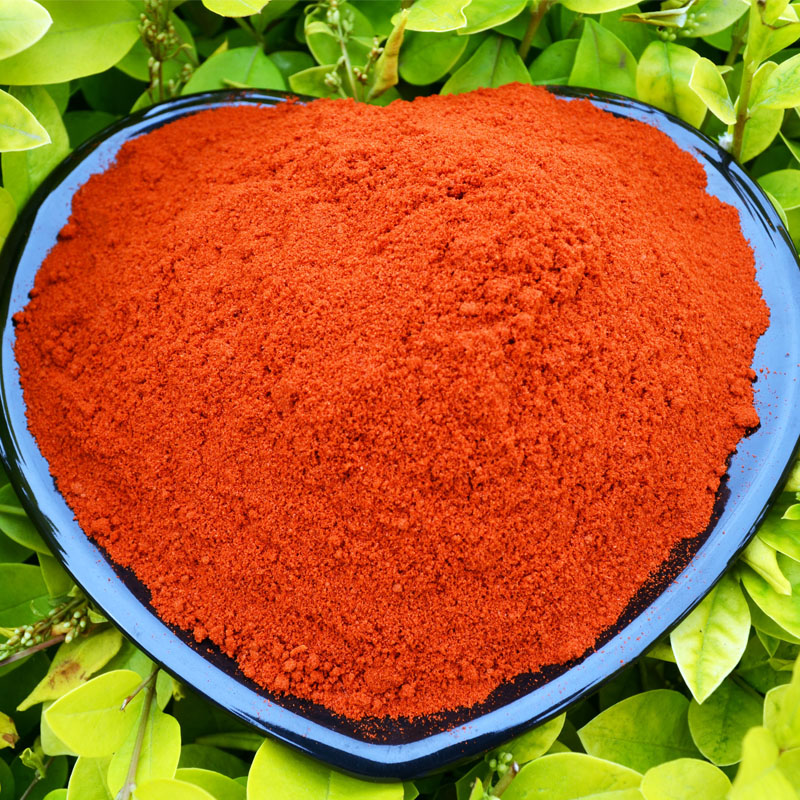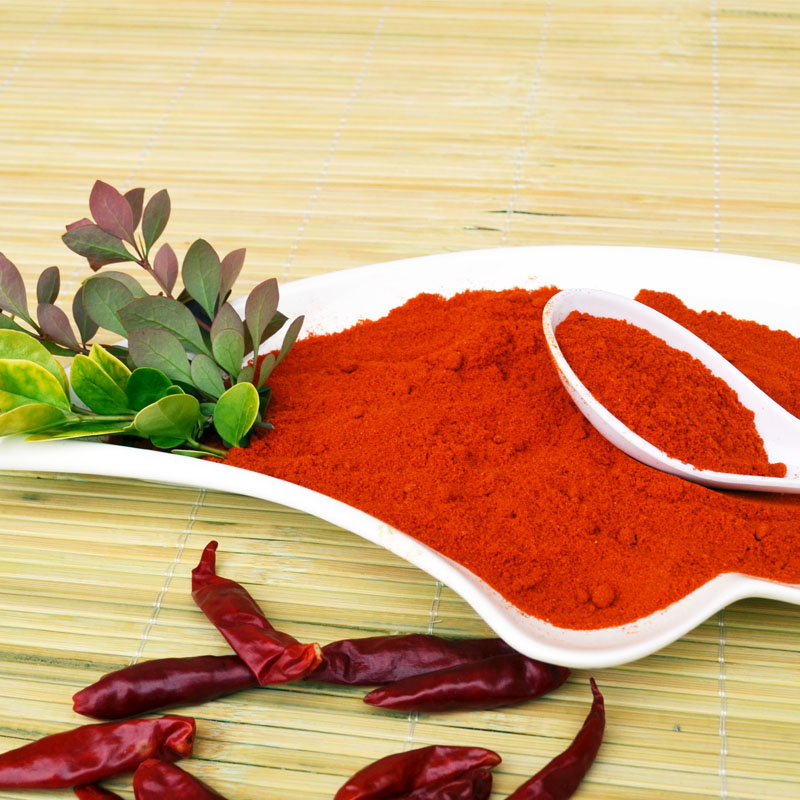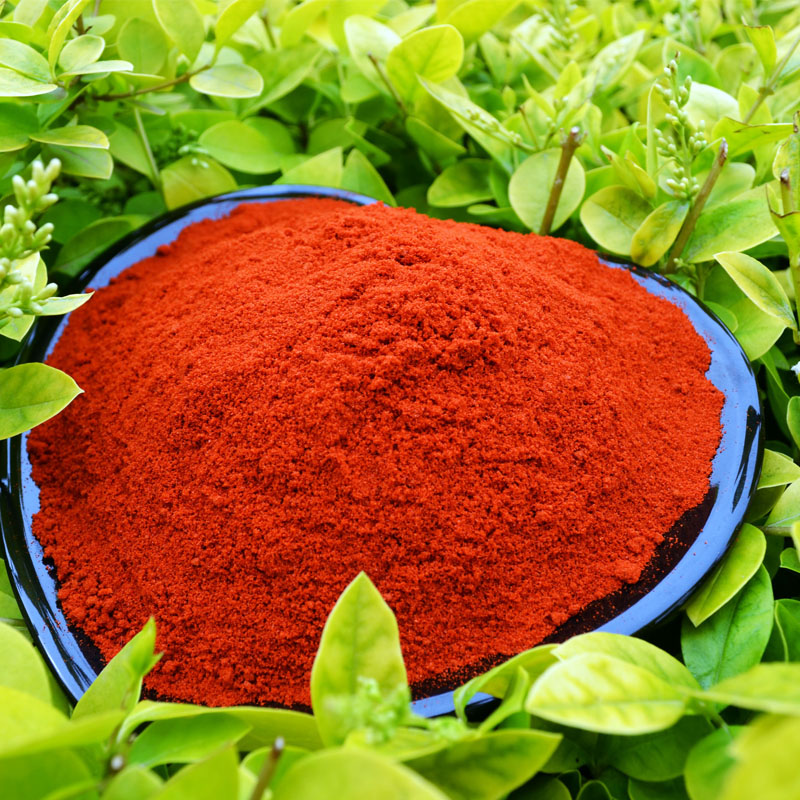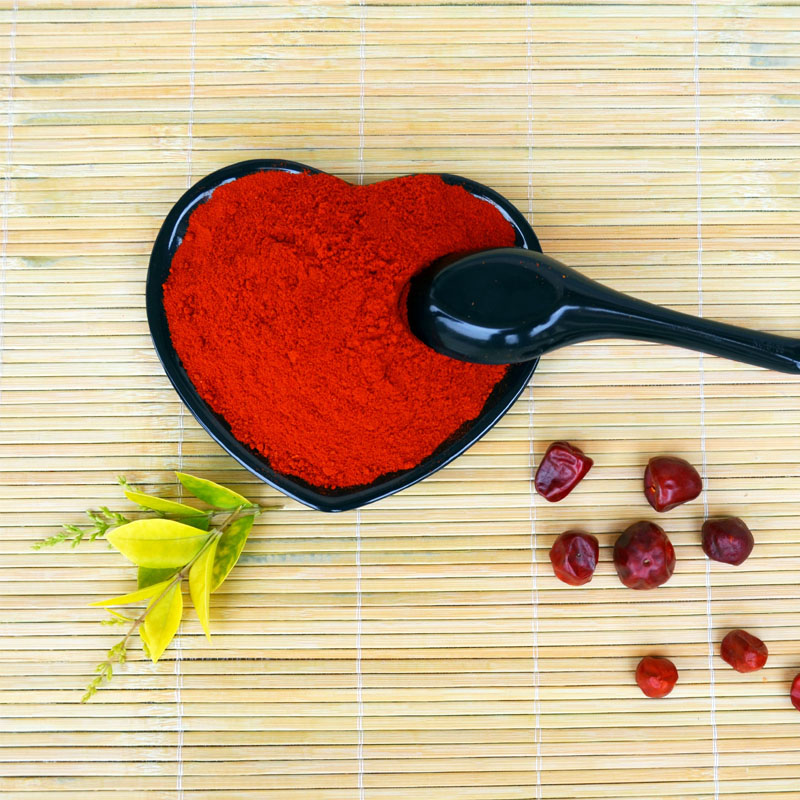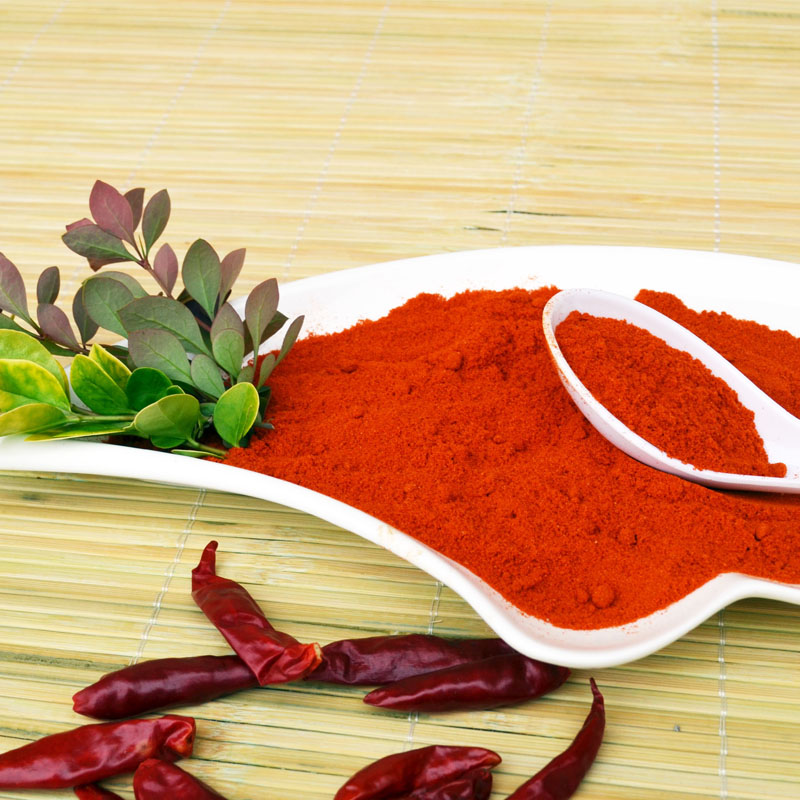
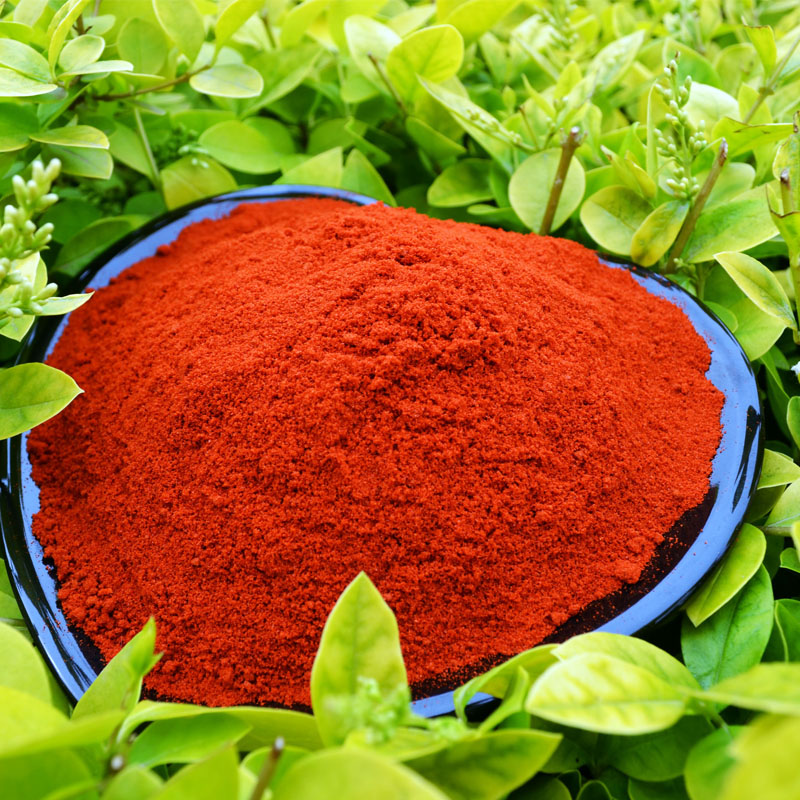
Nostrae naturales & pesticides libero purus producta cum NIHIL ELOGIUM nunc calidum est, terras et regiones vendere, quibus coquendo uti libeat. BRC, ISO, HACCP, HALAL et KOSHER testimonia praesto sunt.
Plerumque fructus nostri pulveris formae sunt 25kg in charta sacculi referti cum sacco interiore PE signati. Est etiam et sarcina grossa accepta.
Red chili peppers, which are a part of the Solanaceae (nightshade) family, were first found in Central and South America and have been harvested for use since about 7,500 BC. Spanish explorers were introduced to the pepper while on a search for black pepper. Once brought back to Europe, the red peppers were traded in Asian countries and were enjoyed primarily by Indian cooks.
The village of Bukovo, North Macedonia, is often credited with the creation of crushed red pepper.[5] The name of the village—or a derivative of it—is now used as a name for crushed red pepper in general in many Southeast European languages: "буковска пипер/буковец" (bukovska piper/bukovec, Macedonian), "bukovka" (Serbo-Croatian and Slovene) and "μπούκοβο" (boukovo, búkovo, Greek).
